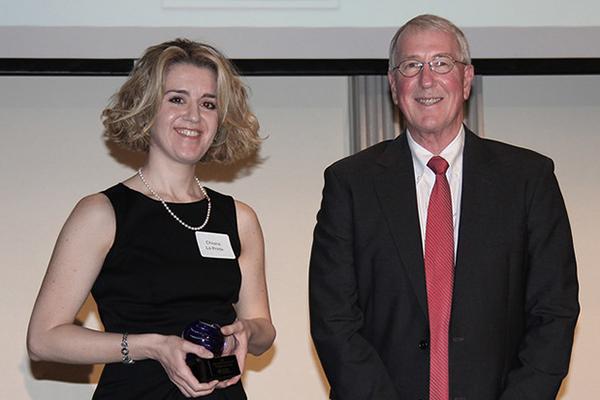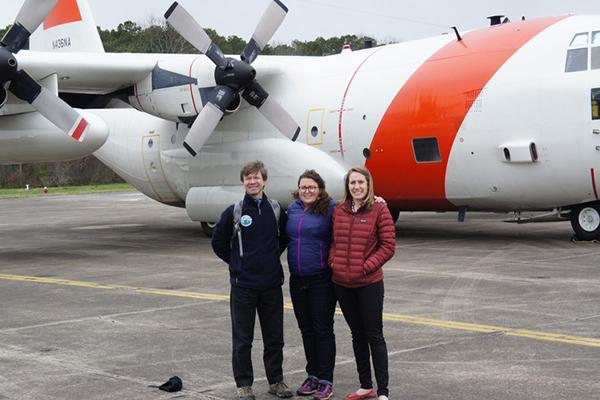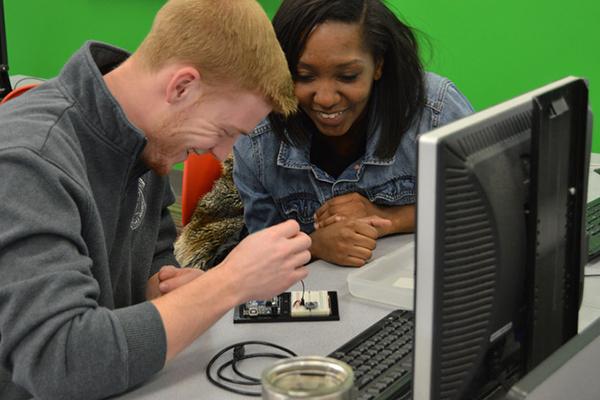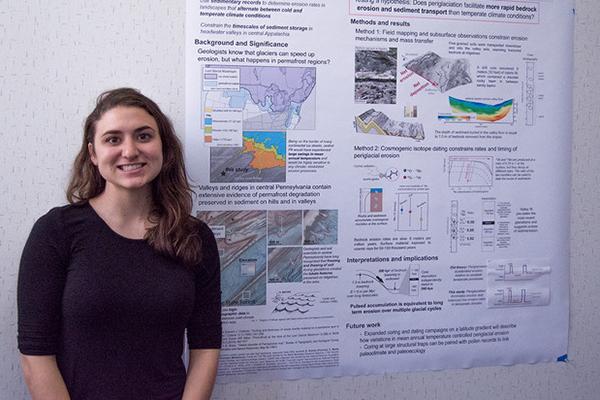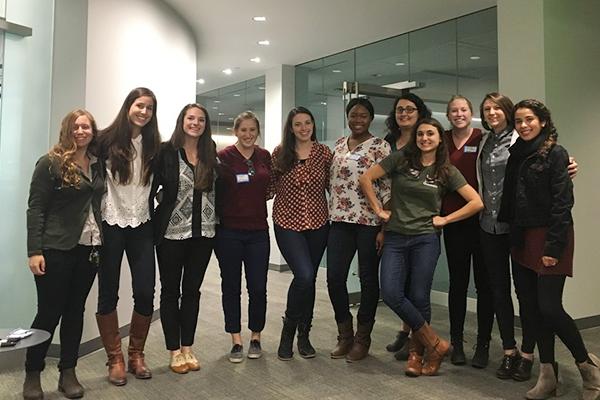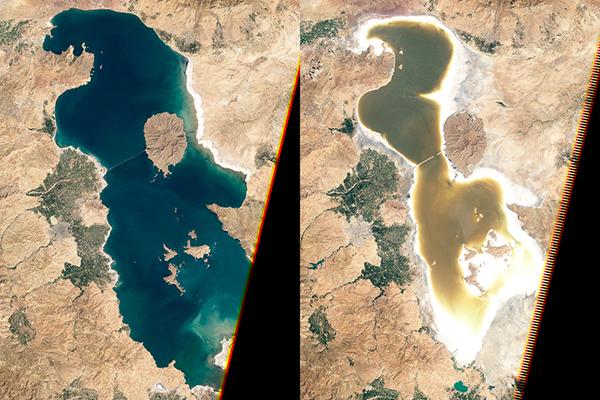Read the latest news about research conducted by investigators in the College of Earth and Mineral Sciences. Our faculty and students are continually advancing technology, creating solutions and expanding knowledge with new and innovative research.
News
The possibilities for the new field of two-dimensional, one-atomic-layer-thick materials, including but not limited to graphene, appear almost limitless. In new research, Penn State material scientists report two discoveries that will provide a simple and effective way to "stencil" high-quality 2D materials in precise locations and overcome a barrier to their use in next-generation electronics.
The possibilities for the new field of two-dimensional, one-atomic-layer-thick materials, including but not limited to graphene, appear almost limitless. In new research, Penn State material scientists report two discoveries that will provide a simple and effective way to "stencil" high-quality 2D materials in precise locations and overcome a barrier to their use in next-generation electronics.
Two recent Penn State graduates are taking part in the $30 million, NASA-funded Atmospheric Carbon and Transport-America. The project is led by Penn State professor Ken Davis.
A simple electronic device found in nearly every smartphone today is helping students learn about the science of earthquakes in one general education geosciences course, GEOSC 109, Earthquakes and Society. Taught by Charles Ammon, professor of geosciences, the course was designed to give students insight into how geoscientists understand earthquakes — and, more generally, what's involved in conducting science.
Thirteen graduate students received the Penn State Alumni Association Dissertation Award, Distinguished Doctoral Scholar Medal, in recognition of their outstanding professional accomplishment and achievement in scholarly research in any of the disciplinary areas of fine arts and humanities; social sciences — applied and basic; physical and computational sciences — applied and basic; life and health sciences; and engineering. The graduate students were honored during the Graduate Student Awards Luncheon held on April 18 at the Nittany Lion Inn.
David Titley, professor of international affairs and of practice in the Department of Meteorology and Atmospheric Science at Penn State, will discuss the role the military could play in combating climate change during the TED 2017 conference. Titley will join seven other speakers from 11 a.m. to 12:45 p.m. April 26 for Session 6: Planet, Protection, hosted by Chris Anderson, the owner of TED, a nonprofit organization that provides idea-based talks.
Amina Grant has spent much of her time as a Penn State undergraduate studying sustainability in the U.S., Jamaica and Peru, and using that research to make a positive impact on communities. And, other times, she has made a difference just by dressing as a superhero.
Five graduate students in the College of Earth and Mineral Sciences were recognized for their research and presentation skills during the 32nd annual Graduate Exhibition, held March 24 and 26 on Penn State's University Park campus.
The science advocacy group WE ARE for Science, started by two graduate students, organized three buses to take 150 people to the March for Science on April 22 in Washington, D.C. The group seeks to promote science diversity, outreach and policy.
Penn State geography doctoral student A. Marie Ranjbar's research explores the language of human justice in Iran: how certain phrases have become politicized and in some ways dangerous to use, and how some residents deal with this conundrum as they seek ways to speak up for themselves.



